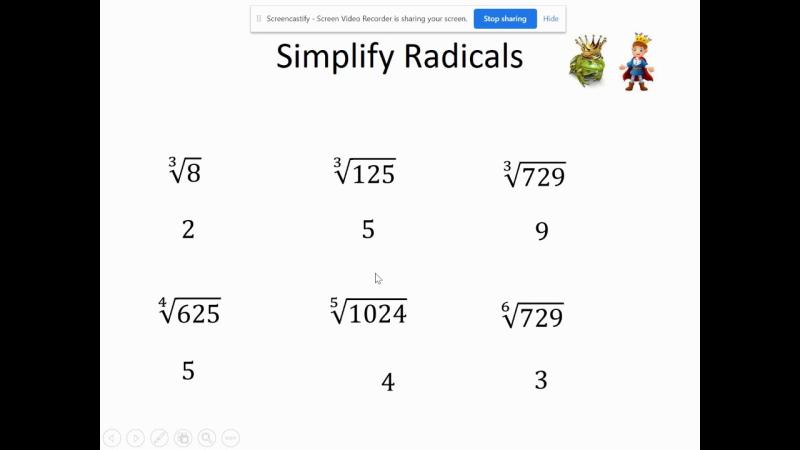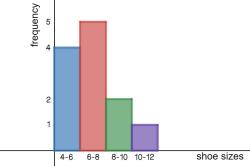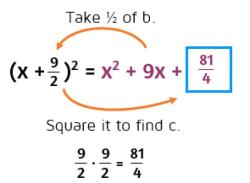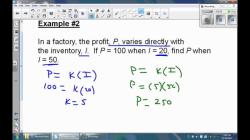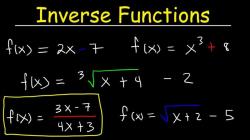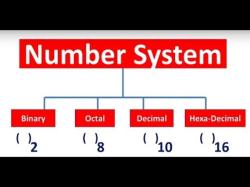How to simplify radicals calculator?
To simplify radicals manually, you need to find the prime factorization of the number inside the radical and then identify pairs of factors. Each pair of identical factors can be simplified to a single factor outside the radical. For example, to simplify the square root of 72:
- Find the prime factorization of 72: .
- Identify pairs of factors: In this case, there is a pair of 2's and a pair of 3's.
- Bring one factor from each pair outside the radical: .
If you're looking for an online calculator to simplify radicals, you can use various math websites or the built-in calculator on your computer or smartphone. Additionally, you can use specific online tools designed for this purpose. Here's a step-by-step guide using Google Search as an example:
- Open your web browser and go to the Google homepage.
- In the search bar, type the radical you want to simplify. For example, type "sqrt(72)" and press Enter.
- Google will automatically calculate and display the simplified result.
Alternatively, you can use popular online math calculators or visit dedicated math websites that offer tools for simplifying radicals. These tools typically allow you to enter the expression, and they will provide the simplified result.
Remember that if you're working on more complex expressions or equations involving radicals, a scientific calculator or dedicated math software may be more suitable. Always double-check the results to ensure accuracy, especially for critical mathematical work.
Steps to simplify radicals using a calculator
Simplifying radicals using a calculator involves two main steps:
- Identify perfect square factors: The first step is to identify any perfect square factors that can be extracted from the radical. A perfect square factor is a number that can be obtained by squaring another integer. For example, 16 is a perfect square factor of 64 because 16 x 16 = 64.
To identify perfect square factors, you can start by factoring the radicand (the number under the radical symbol) into its prime factorization. Prime factorization is the process of expressing a number as a product of prime numbers. For example, the prime factorization of 64 is 2 x 2 x 2 x 2 x 2 x 2.
Once you have the prime factorization, you can look for groups of two identical prime numbers. These groups represent perfect square factors. For example, in the prime factorization of 64, we have two groups of two identical prime numbers: 2 x 2 and 2 x 2. These represent the perfect square factors 4 and 4.
- Extract perfect square factors: Once you have identified the perfect square factors, you can extract them from the radical. This means taking the square root of the perfect square factor and putting it outside the radical symbol. For example, to simplify √64, we can extract the perfect square factor 4 as follows:
√64 = √(4 x 16) = √4 x √16 = 2 x 4 = 8
Therefore, the simplified form of √64 is 8.
Here are some additional tips for simplifying radicals using a calculator:
- Some calculators have a dedicated radical key. This key will automatically simplify the radical for you.
- If your calculator does not have a radical key, you can use the following formula to simplify radicals:
√n = n^(1/2)
Where n is the radicand.
- When simplifying radicals, always try to extract the largest perfect square factor possible. This will give you the simplest form of the radical.
